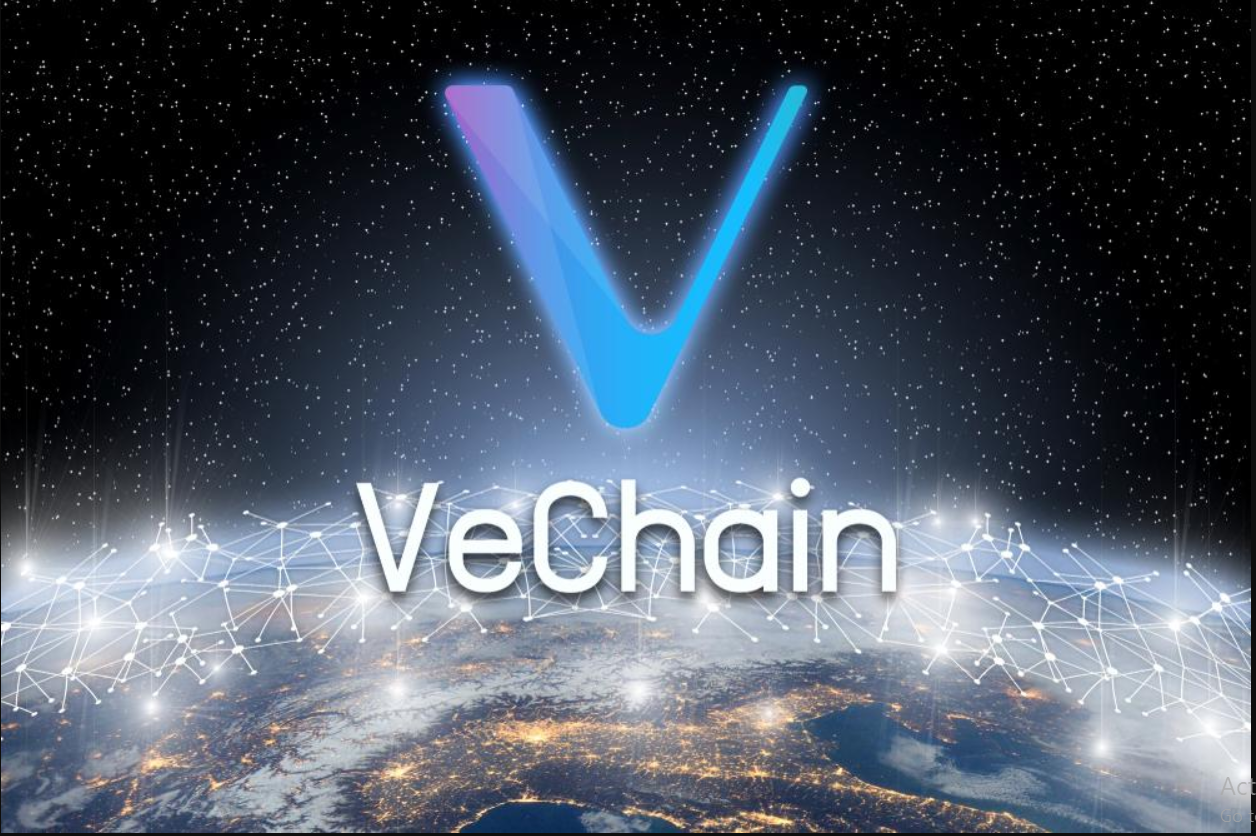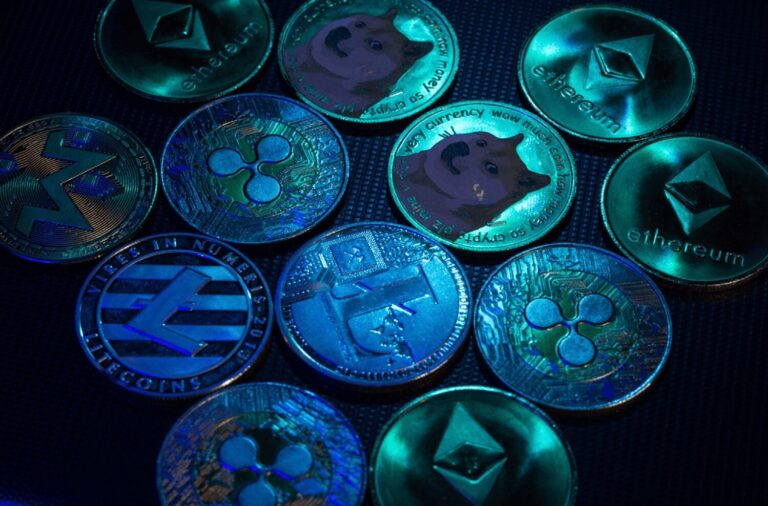
Introduction
In the crowded blockchain space, token models can make or break a project’s long-term usability. While most networks rely on a single cryptocurrency to power transactions and reward participants, VeChain has taken a different approach — a dual-token system designed to separate value storage from transaction fees.
The two tokens at the heart of VeChain are VET (VeChain Token) and VTHO (VeThor Token). They work together to power the network, maintain predictable costs, and support enterprise-grade blockchain adoption.
We break down how the system works, why it exists, and what it means for businesses and investors.
Why a Dual Token System?
Most blockchains — from Bitcoin to Ethereum — use a single token for both value transfer and transaction fees. While simple, this model can lead to volatility in transaction costs: when token prices rise, so do fees, often pricing out smaller transactions.
VeChain’s designers sought a solution that would:
-
Keep fees stable for enterprise partners.
-
Encourage long-term holding of the main token.
-
Support predictable business planning for companies using the network.
The answer was to split the roles into two tokens with distinct purposes.
VET – The Value and Governance Token
Primary Role
VET is the store of value and primary token for the VeChain network. Think of it as the “equity” of the ecosystem:
-
Used for staking and governance participation.
-
Represents ownership in the network’s economic upside.
-
Determines how much VTHO a holder generates (see below).
How It Works
-
Holding VET automatically generates VTHO at a set rate.
-
VET’s price fluctuates based on market demand, adoption, and speculation.
-
Enterprises often hold large VET reserves to secure predictable VTHO production for operations.
VTHO – The Gas and Utility Token
Primary Role
VTHO powers transactions and smart contracts on the VeChainThor blockchain. This is the “fuel” that keeps the network running:
-
Every on-chain action — from recording supply chain data to executing a contract — consumes VTHO.
-
VTHO is burned when transactions are processed, ensuring a deflationary effect over time.
How It Works
-
VTHO is automatically generated by holding VET.
-
It can also be purchased directly on exchanges for immediate use.
-
By separating transaction fees from VET’s price volatility, VeChain keeps costs predictable.
The Economics in Practice
-
Enterprises buy and hold VET.
This ensures they generate enough VTHO for ongoing blockchain operations without constant market purchases. -
VET generates VTHO daily.
The network’s protocol automatically mints VTHO at a set rate per VET held. -
Transactions consume VTHO.
Once burned, VTHO can only be replenished via new generation or purchase. -
Supply and Demand Balance.
-
High network usage increases VTHO demand, potentially raising its market price.
-
VET demand grows as companies seek to secure steady VTHO production.
-
Real-World Example
Consider a luxury goods brand using VeChain to verify product authenticity:
-
The brand holds VET in treasury.
-
This VET generates enough VTHO each month to cover the cost of recording product data on-chain.
-
If the brand expands operations, it may need to purchase extra VTHO or acquire more VET to increase daily generation.
This setup allows the company to plan its blockchain costs like a utility bill, rather than be at the mercy of token price swings.
Benefits of the Dual Token Model
-
Cost Stability: Enterprises can forecast transaction expenses with greater accuracy.
-
Incentive Alignment: VET holders benefit from increased network use, as higher VTHO demand can strengthen VET’s market position.
-
Deflationary Pressure: Burning VTHO reduces circulating supply, adding scarcity over time.
-
Scalable for Enterprise: Predictable costs are essential for large-scale corporate adoption.
Criticisms and Risks
While the model has strengths, it’s not without challenges:
-
Complexity for Retail Investors: Two tokens can be confusing to newcomers.
-
Market Liquidity for VTHO: In low-usage periods, VTHO prices can stagnate, affecting incentives.
-
Adoption Dependency: The system’s success hinges on sustained enterprise usage of the network.
The Big Picture
VeChain’s dual token model is designed for utility-first blockchain adoption. By separating value (VET) from gas fees (VTHO), the network offers a sustainable, enterprise-friendly framework that shields companies from volatile fee markets — a problem that has plagued other blockchains.
“The dual-token design isn’t just a technical choice — it’s a business decision,” says Andrea Liu, a blockchain strategist. “It’s about making blockchain practical for the corporate world.”
Conclusion
VET and VTHO work in tandem to balance economic incentives with real-world usability. VET captures the network’s long-term value and governance power, while VTHO ensures stable operational costs.
For enterprises, this means predictability. For investors, it means a clear link between adoption and token demand. And for VeChain, it’s a model that could serve as a blueprint for how blockchain can move from speculative trading to actual business infrastructure.


